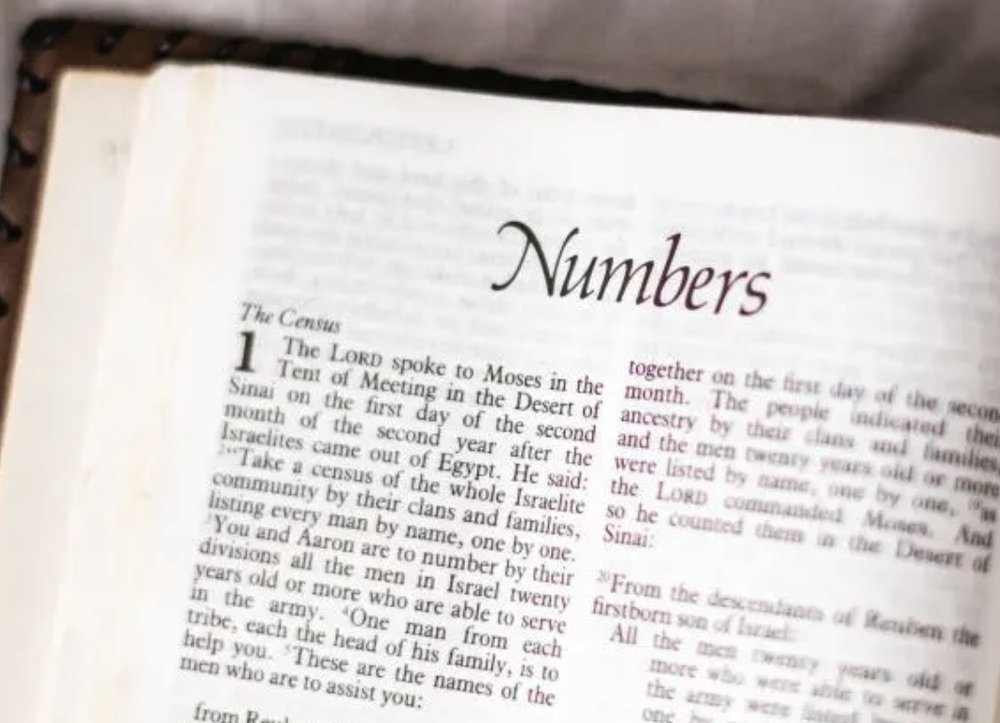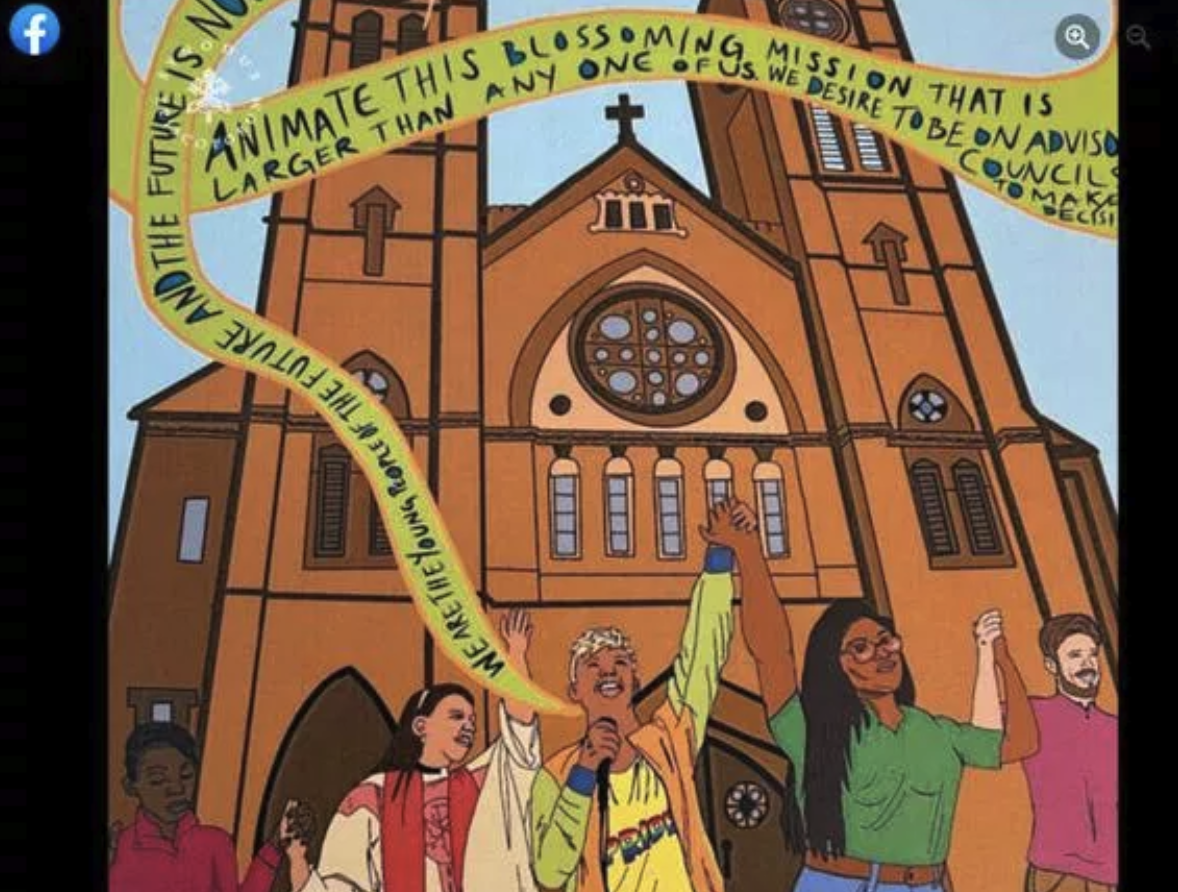The agenda for the U.S. Supreme Court term that began this month has zero cases involving the two religion clauses of the First Amendment.
That’s quite the change after the important religion rulings the past two years, not to mention religious conservatives’ and liberals’ agitation after the 2022 Dobbs decision, which overturned Roe , which had legalized abortion nationwide.
So religion-watchers may not be aware that the court soon takes up two potentially tectonic cases involving — would you believe it — small businesses that fish for herring off the New England coast and say they shouldn’t have to pay their federal monitors. The cases are Loper Bright v. Raimondo (docket # 22-451), newly combined Oct. 13 with Relentless Inc. v. Department of Commerce (docket #22-1219). Oral arguments could come as soon as January.
This gets into the weeds of administrative law, an area that normally does not set pulses pounding but here involves the hot political dispute over powers exercised by federal agencies. Conservatives assert that agencies have long been interpreting and enforcing laws in ways that Congress never intended or has never defined, thus usurping legislative prerogatives and violating the Constitution’s “separation of powers.”
Background: The two fishing companies seek relief by overturning the Court’s highly influential 1984 precedent in Chevron v. Natural Resources Defense Council. This unanimous decision granted wide deference to federal agencies in “reasonable” interpretations, applications and enforcement of ambiguous laws passed by Congress.
The list of Loper briefs posted by the invaluable SCOTUSBlog.com shows the variety of interests that include 48 of the 50 states lined up on the two sides and the Republican U.S. House of Representatives, along with e.g. the AFL-CIO, American Cancer Society, Environmental Defense Fund, Gun Owners of America and e-cigarette industry.
You are waiting for the religion-beat angle?










